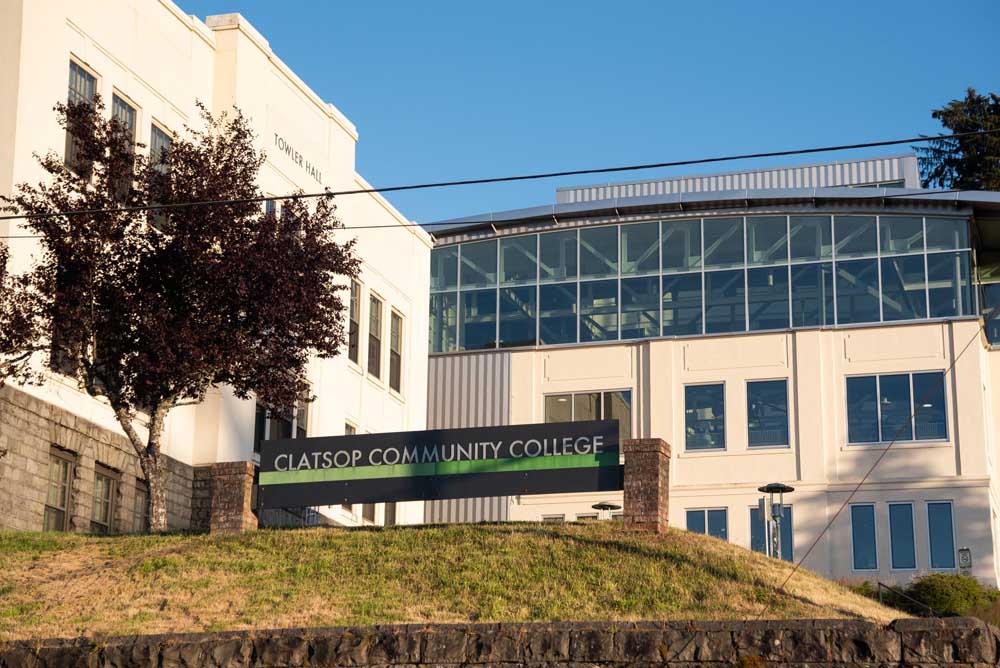When pirates attacked California: The Refugio Bay Pirate Cache
Published 5:00 pm Sunday, August 28, 2011
Weve all heard of the Pirates of Penzance, and the Pirates of the Caribbean. But have you heard of the Pirate of Monterey?
Trending
For April and me, one of the most interesting aspects of treasure hunting is the history that comes alive through the research that must be done before, or after, a new treasure discovery is made. Whether it is treasure weve discovered, or items discovered by other treasure finders we work with all over the world, research is often where a hunt begins, and it most certainly ends. And it is this documented history that gives our treasures even more value to know exactly when and where a treasure was found gives voice to history. It is no longer a coin I found in Grandpas old shoebox, but rather a living piece of history with a story to tell.
Another fun part of this business is getting to name a treasure discovery. On several occasions over the years, we have been either the first or among the first people to see a treasure cache since it became lost hundreds of years ago.
And so is the case with the Refugio Bay Pirate Cache. Did you know that Monterey, Calif., was once a part of Argentina for six amazing days? The tale begins with the French and Argentine pirate, Hippolyte de Bouchard. Bouchard was the first Argentine to circumnavigate the globe, and he attacked Monterey in search of Jesuit and Franciscan treasures he had heard were secreted away in Californias Spanish missions.
Trending
Now here is an example of one of the many pitfalls that can trip us up when researching and writing about history. Were often dependent on long-dead historians who wrote said history, and the side of the proverbial fence upon which they sat. From the views of the residents of Monterey and the other Spanish settlements Bouchard attacked on his way back to Argentina, he was Pirata Buchar. But to the Argentines, he was a corsair and a hero, sailing under a letter of marque from the Provincias Unidas del Río de la Plata; the direct predecessor of the present Argentine Republic. This letter gave him permission to prey on all Spanish settlements he encountered. (For more information about what life was like in California at that time, see the historically accurate Zorro: The Gay Blade, best enjoyed with a lime and a Tecate make that a six-pack.)
Now, on to the lost treasure part of this story! On Nov. 18, 1818, Bouchard arrived off Monterey. Even though they didnt have texting back then, (stay tuned for my column What if Pirates Texted?), the Spanish had been forewarned that ol Hippolyte was on his way and had moved all their valuables and civilians inland. For six days, Bouchard and his men sacked the settlement (not to be confused with the relatively docile sacked in football parlance); swords were drawn, cannons fired, and by Nov. 24, the Argentine flag was flying over the Spanish fort at Monterey.
Not finding the treasure he sought, Bouchard then headed south to the mission at Santa Barbara. But the Spanish horses were faster, and the mission and outlying areas were warned, including Rancho Nuestra Señora del Refugio, were they moved their wealth inland and buried it unknowingly beginning its journey into infamy.
Mistaking the lights of the rancho for Santa Barbara, Bouchard attacked the area, found no treasure, and continued south to San Juan Capistrano (yes, the Capistrano of swallow fame).
But this is where the story gets really interesting! Enter Chris, a friend of ours from San Diego. His sixth-generation grandfather is José Francisco de Ortega, pathfinder to the Portola-Serra Expedition (which discovered San Francisco Bay for the Spanish) and retired Comandante of the Presidio of Santa Barbara. As acknowledgment for his contributions, the lands northwest of Santa Barbara were ceded to him in 1794 as the only Spanish-rule land grant in what is now Santa Barbara County, Calif. There he established Ortega Adobe and Rancho Nuestra Señora del Refugio.
With the 1848 Treaty of Guadalupe Hidalgo, California became a part of the United States, and in 1858, parcels of the rancho began to be sold off.
Chris had grown up hearing his familys stories, and one of them had always intrigued him: the Ortega familys lost treasure cache. Simple deduction says that those responsible for secreting the treasure were killed during Bouchards attack and the location of the treasure was lost to time.
Then, just a few years ago, the Ortega family treasure legend was put to rest when a relic hunter searching on the private lands of the former Rancho Refugio discovered the cache! Buried for nearly two hundred years, the coins provide a brief glimpse into the life of the Ortega family. While there was a small number of silver eight reales, the majority of the coins in the cache were Spanish maravedies – copper coins minted in the Old World and transported across the Atlantic for use in the Spanish colonies. Only the wealthy had silver pieces of eight and gold doubloons, but the maravedi, traded at 32-to-one to silver, was the coin of the common folk, and was used in daily commerce.
While we will never know exactly, it is likely that the coins discovered were intended for payment to the soldados who guarded the presidio, not all that long ago, when Santa Barbara was once a part of Spain, and the California coast was attacked by pirates!









